The Rip Bridge: Old film shows history of iconic bridge
IF YOU care about safety on the job look away now. A 45-year-old Department of Main Roads publicity film of the building of The Rip Bridge shows construction done 1970s-style during completion of a Central Coast transport icon.
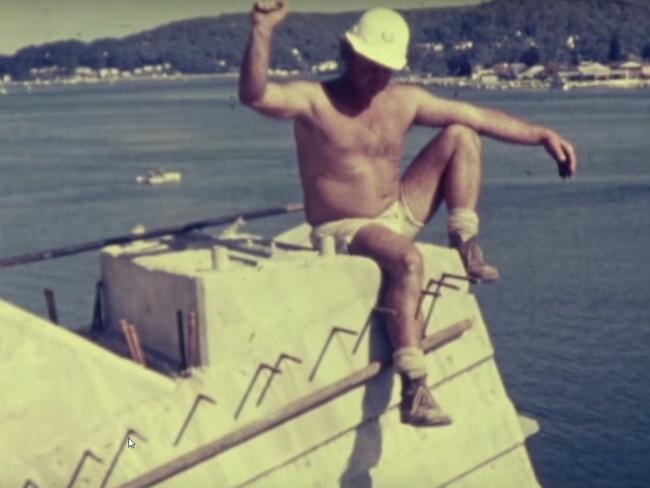
Central Coast
Don't miss out on the headlines from Central Coast. Followed categories will be added to My News.
- The extraordinary house of a Cocaine King at Ettalong
- The amazing story of Wondabyne Quarry
- Why the Saratoga cemetery got its wall
A 45-year-old Department of Main Roads publicity film about the construction of the Rip Bridge has revealed a workplace culture to strike terror into the heart of today’s WorkCover inspectors.
The 24 minute film depicts the building of one of the Central Coast’s most important pieces of infrastructure in the early 1970s, but there’s barely a sign of the workplace safety regulations that govern modern day worksites.
The bridge was completed by a workforce for whom hard hats were apparently optional, where a bloke in a high-viz vest would have been laughed off the site, where safety harnesses were for the weak, and where gangs of shirtless workmen nonchalantly exposed themselves to the sun.
The Slip Slop Slap Campaign would not bring sun safety to public awareness for another decade.
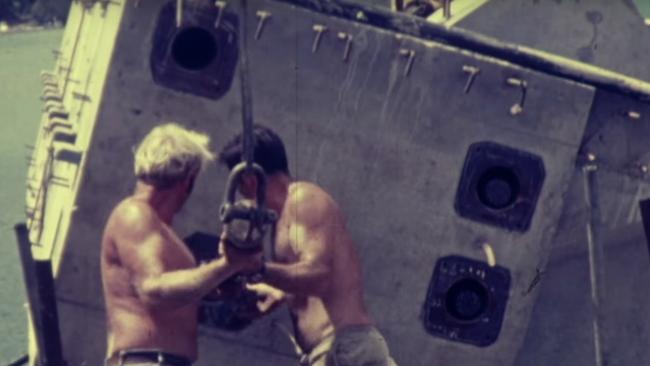
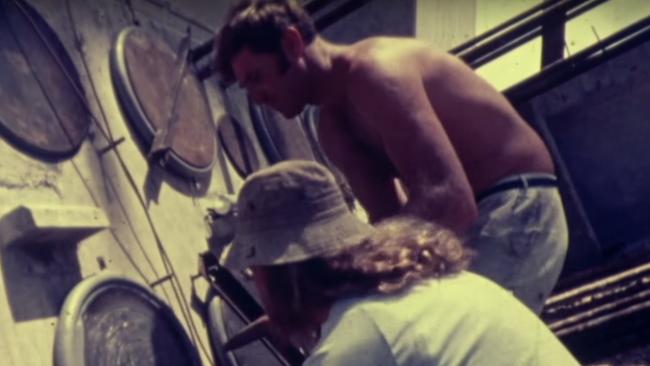
Such was working life in 1971 when the construction contract to build a 330m prestressed concrete arch bridge from Daleys Point to Booker Bay was awarded to Sydney-based John Holland Constructions.
The bridge plan was driven by increasing development on the Central Coast and was intended to link the relatively isolated Daley’s Point side with road and rail facilities at Woy Woy on the western side.
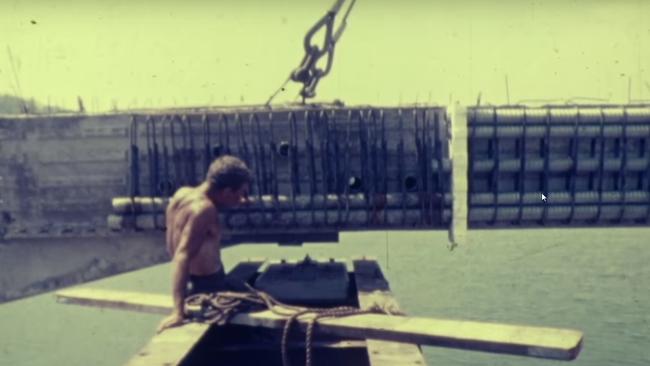
Before the advent of the bridge, it could take up to an hour to drive all the way around the irregular twists and turns of Brisbane Water Estuary through Kincumber, Green Point and Gosford to reach the settlements of the Woy Woy side.
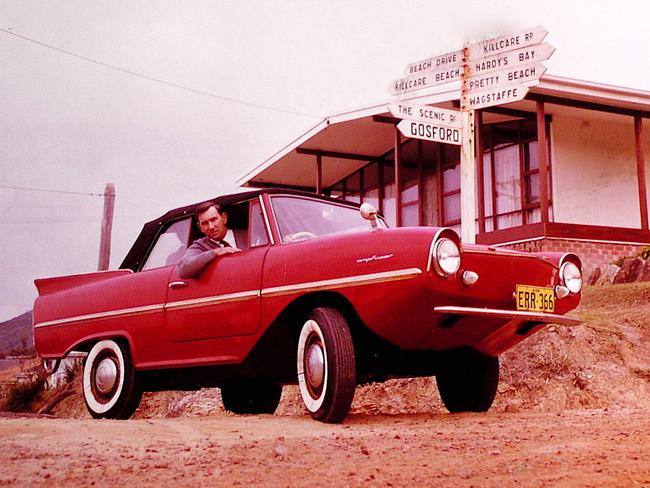
The degree of hassle of this cicuitious trip around the estuary was demonstrated by a young pharmacist of the time who decided it was easier to buy an amphibious car than to make the trip.
Rod Radford bought the first of his two amphibious cars in 1965 to get home from work from Ettalong Beach to Wagstaffe and was a common sight chugging around the estuary in the car making deliveries to customers around Brisbane Water.
The Rip Bridge publicity film is a 1970s classic with music to match, showing the area before the explosion of modern day housing and development.
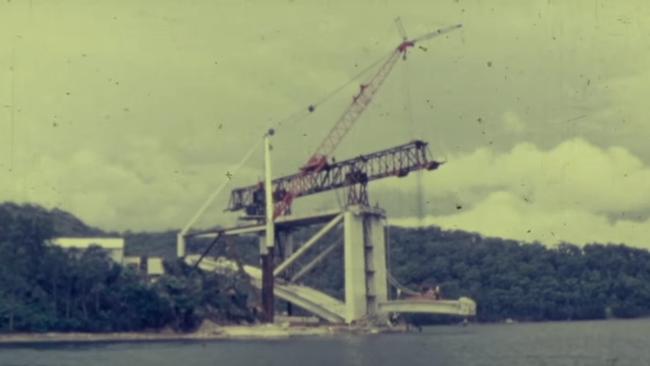
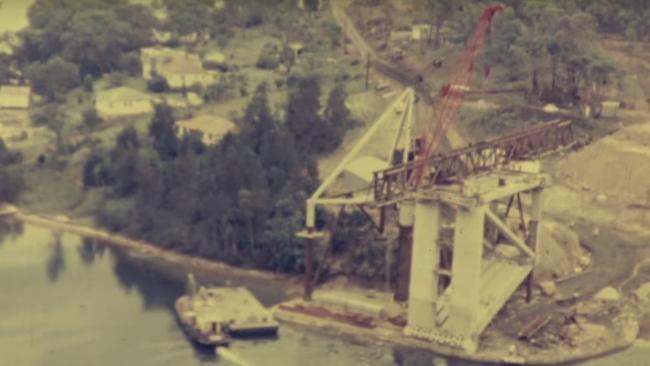
State of the art
The Rip Bridge was an engineering marvel of its day — designed by civil engineer Albert Fried who was an expert in construction of prestressed concrete bridges.
Engineers chose the fast flowing section Brisbane Water known as “the rip”. Here the channel narrows to just 200m, but the fast flowing water meant it was impossible to sink piers in the channel.
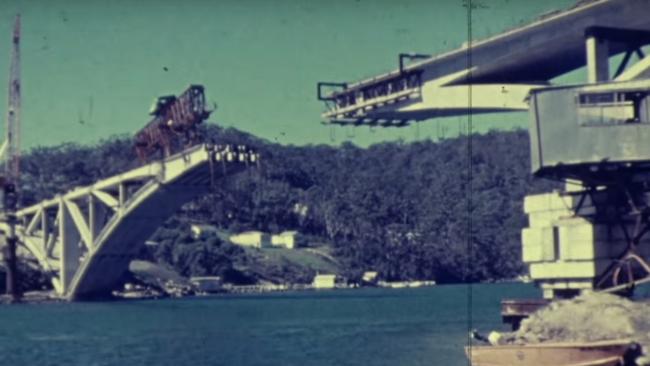
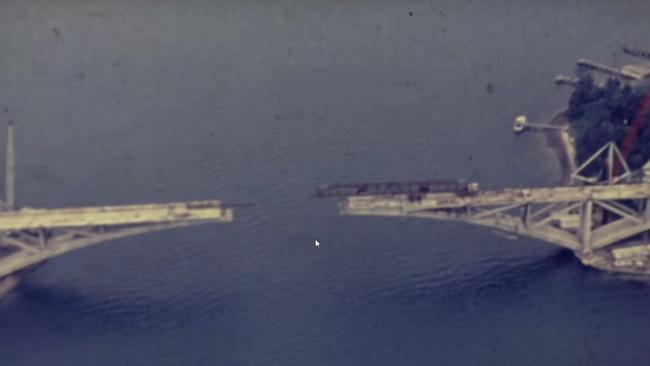
Fried came up with an arch shaped design featuring very high strength prestressed concrete trusses cantilevered across the expanse.
The precast sections were made in John Holland’s casting yard at Seven Hills and another factory in Blacktown before being transported to the coast.
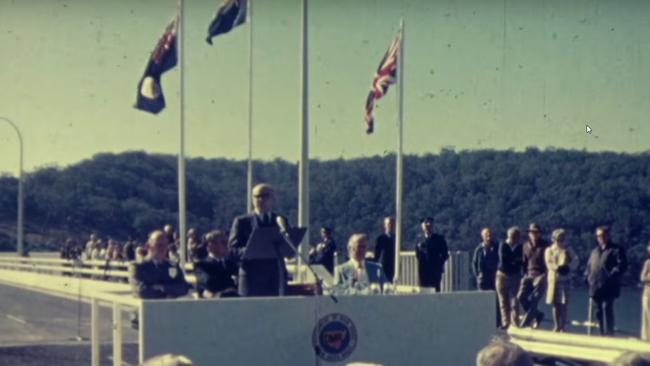
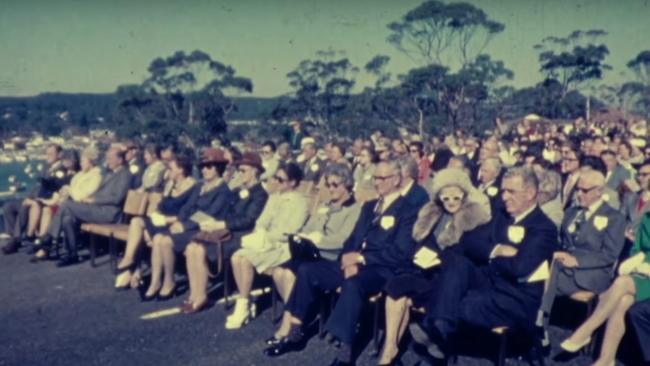
Construction began in September 1971 and continued for three years before the official opening ceremony in June 14, 1974.
Acting NSW Premier and Highways Minister Sir Charles Cutler cut the ribbon and said the bridge was expected to “accelerate the development of the area”.
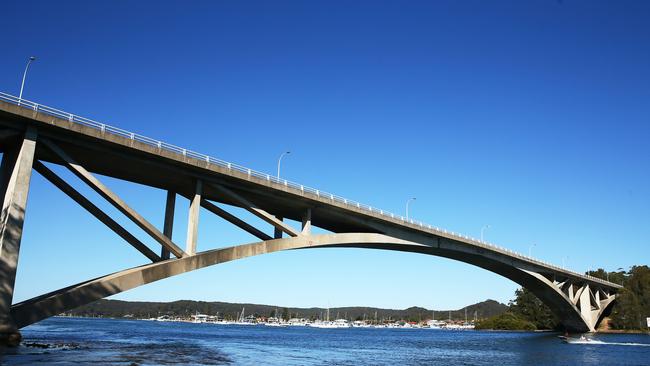
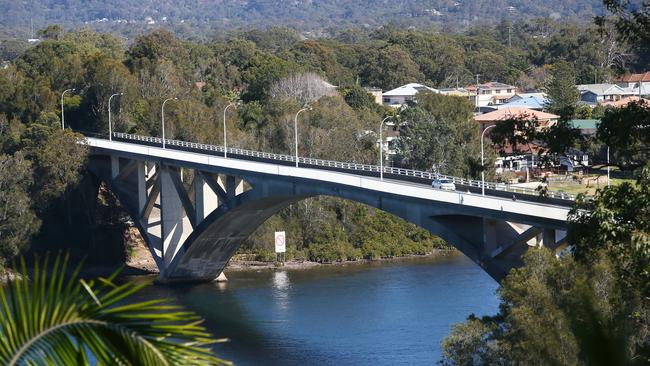
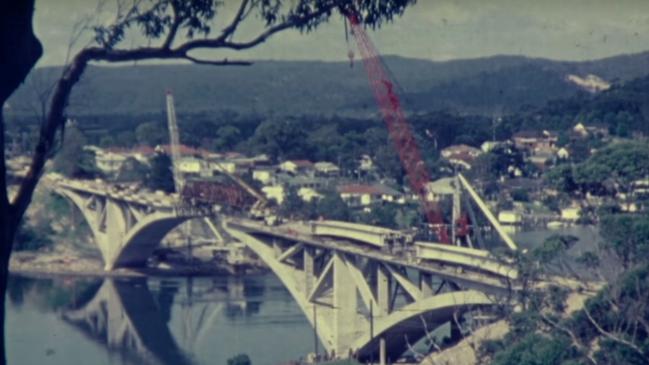
Commissioner for Main Roads RJS Thomas also spoke at the opening.
“Today the younger people of this generation are witnessing the opening of a bridge which is a milestone in NSW, a milestone in technology and a milestone in beauty,” Mr Thomas told the crowd.
As the first cars officially crossed over, crowds of onlookers lined the bridge that would so dramatically change transport modes in the area.
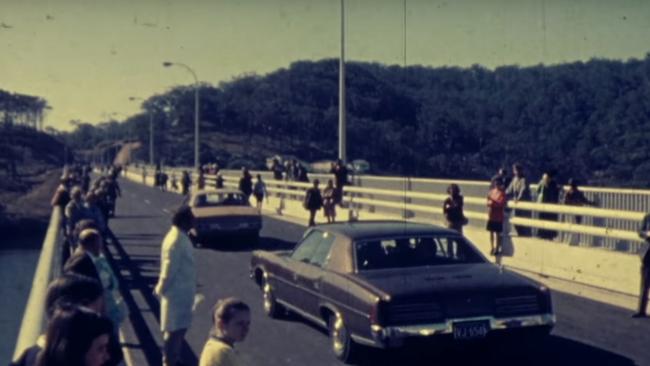
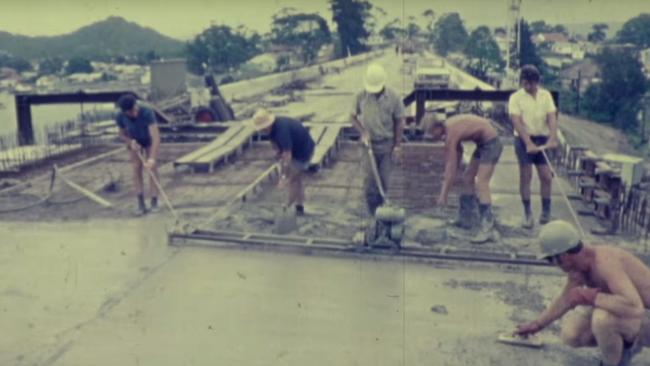
A bridge too far
Calls to link the eastern and western sides of Brisbane Water by a bridge go back a long way — with a push to build a bridge between Wagstaffe and Ettalong Beach as far back as 1938.
A group called The Scenic Coastal League held a meeting in Terrigal attended by representatives from Erina, Woy Woy, and Gosford Councils. They voted to approach the then minister for local government to request a bridge be built from Ettalong to Wagstaffe.
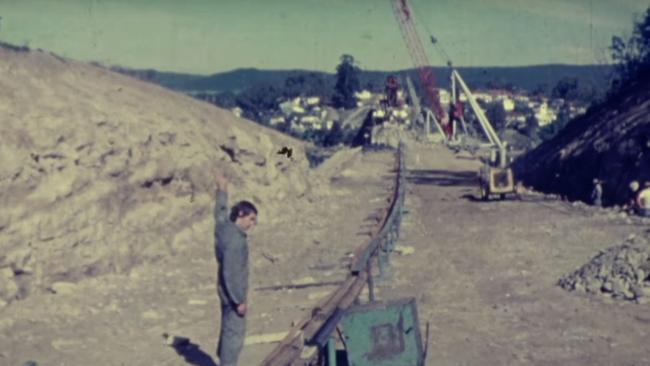
The minister rejected the proposal saying the expenditure of public funds could not be justified, but not before protests at Davistown and Empire Bay against the proposed location of the bridge.
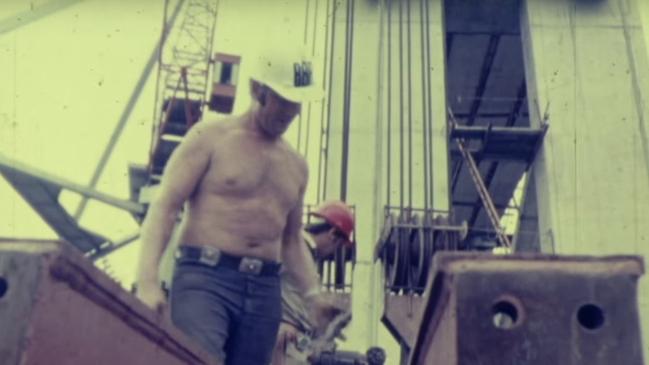
Others argued that building a breakwater from Ettalong toward Little Box Head was more important than any bridge.
In the end, neither was built and it would be almost 40 years until the Rip Bridge became a reality.
